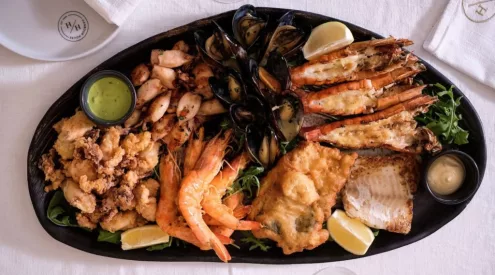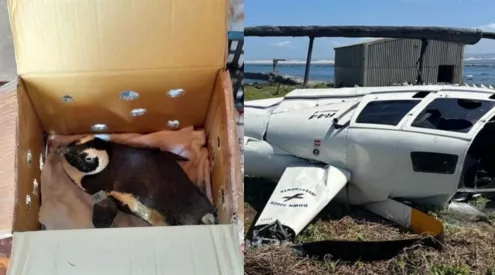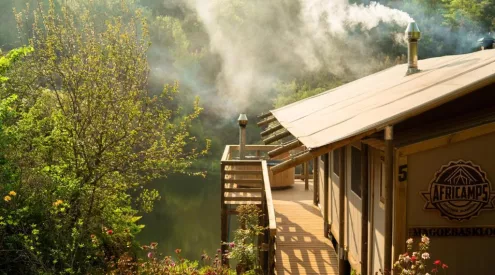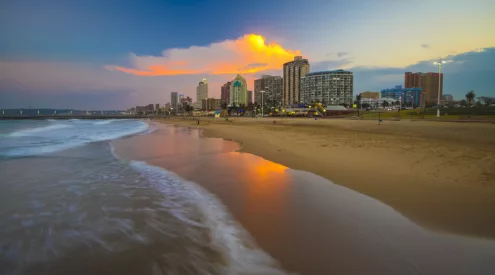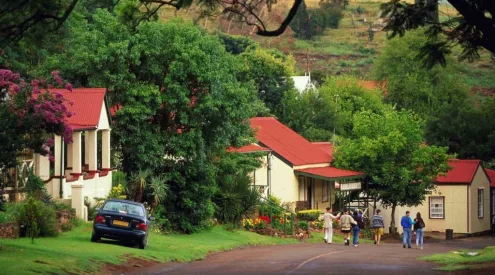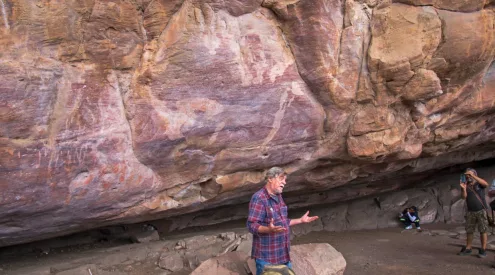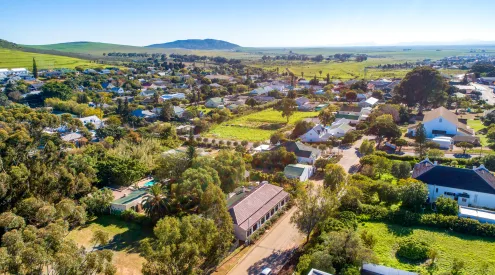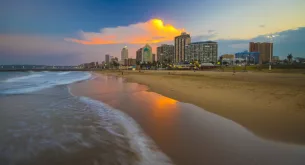The global pandemic has had devastating effects on the tourism industry world wide.
To help revive the industry and economy, Member States of the EU will start to ease internal travel restrictions, creating a ‘travel bubble,’ much like that of New Zealand and Australia. Countries outside of the ‘bubble’ will however not be allowed access.
Tourism (including travel, accommodation, food and culture) contributes almost 10% of the European Union’s (EU) GDP, and residents typically make 385 million tourism trips in the summer months between June and August, spending an average of €190 billion (R3,775 billion) per year, according to the European Commission.
The European Commission’s guidelines on how to resume tourism activities, states that countries where the rate of infection is slowing to a similar extent could ease restrictions with each other.
‘If a generalised lifting of restrictions is not justified by the health situation, the Commission proposes a phased and coordinated approach that starts by lifting restrictions between areas or Member States with sufficiently similar epidemiological situations.’
The Baltics (Latvia, Lithuania and Estonia) are the first to take this step towards reopening borders and will allow citizens from these countries to travel freely in and out of the other as of today, 15 March.
Iceland also announced it will welcome tourists for summer from 15 June, and all visitors will either have to get tested or present documentation proving their status. Those who do not agree to either measures will be quarantined for 14 days.
Image: Instagram/Iamtravelr

